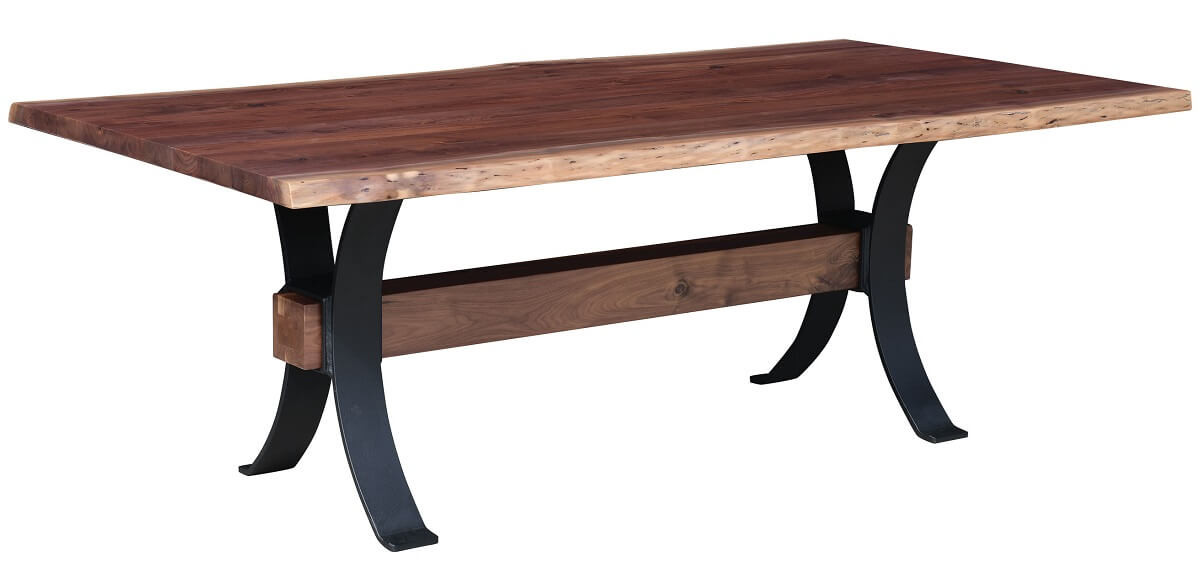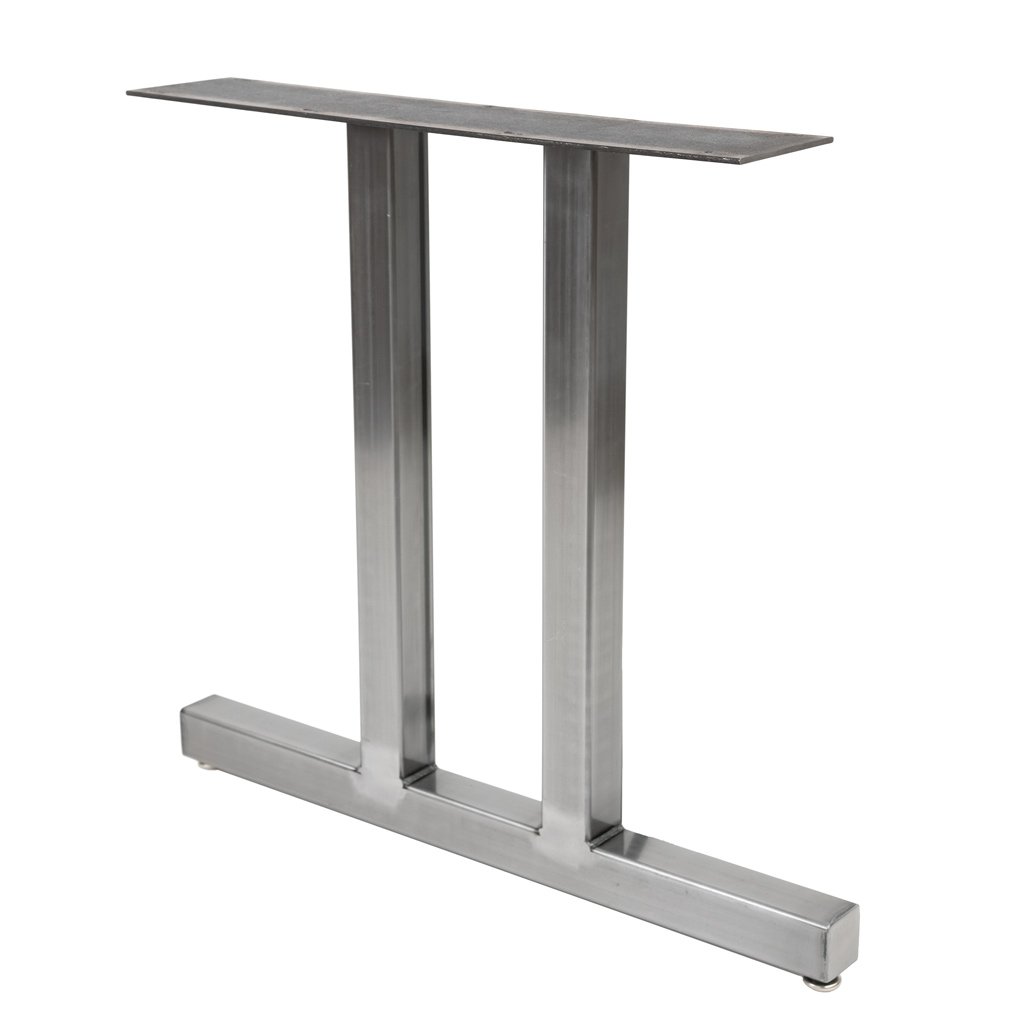From Conventional to Modern: Locate the Perfect Eating Space Table Legs for Your Design
The choice of dining area table legs plays a pivotal role in specifying the general character of your area, connecting the gap in between typical craftsmanship and contemporary visual appeals. While traditional layouts such as cabriole and turned legs stimulate a feeling of ageless refinement, contemporary designs like barrette and geometric options present a chance for striking aesthetic passion. Examining the right equilibrium between these designs calls for a nuanced understanding of your existing decor and individual taste. As you take into consideration these elements, the question stays: exactly how can you flawlessly integrate these diverse leg designs to produce a harmonious dining experience?
Comprehending Table Leg Styles
The selection of dining-room table leg styles can dramatically affect both the appearances and functionality of the space. Each leg style adds unique sensible attributes and aesthetic aspects, accommodating diverse style choices and use needs. Recognizing these styles is vital for selecting the ideal table that lines up with your total interior design vision.
As an example, conical legs offer a clean, timeless appearance that can boost an area's elegance, while stand bases give security and take full advantage of legroom, making them excellent for smaller rooms. Barrette legs, a hallmark of mid-century modern-day design, present a commercial flair, enabling a ventilated, open feeling. In a similar way, trestle legs stimulate rustic beauty, supplying durable support and a feeling of eternity.
Moreover, the selection of products plays a significant role. Wood legs can bring heat and texture, whereas steel options often share a sleek, contemporary vibe. Ultimately, recognizing table leg designs is necessary for creating a cohesive eating area that reflects personal design while making certain usefulness and comfort. By thoughtfully thinking about these components, you can boost both the aesthetic and practical appeal of your dining area.
Traditional Table Leg Options
When selecting eating room table legs, conventional options often symbolize ageless style and workmanship. These designs mirror an abundant heritage and a commitment to high quality, making them optimal for those that appreciate traditional aesthetics.
Among one of the most famous standard leg styles is the cabriole leg, defined by its graceful bent shape. This layout commonly features decorative makings and is most generally found in Queen Anne and Chippendale furniture. An additional popular alternative is the turned leg, which flaunts a collection of smooth, rounded shapes that provide a traditional appearance while maintaining security.
Furthermore, the straight leg, while basic, offers a basic and sturdy framework that can mix effortlessly with a variety of tabletop designs. For those attracted to ornate outlining, claw-and-ball feet legs stimulate a sense of magnificence and can serve as a magnificent centerpiece in any kind of eating space.
Last but not least, stand bases, although not strictly legs, supply a different typical option that permits ample legroom and can be wonderfully sculpted. Each of these traditional leg designs adds to the general ambiance of a dining-room, marrying function with visual appeal.

Modern Table Leg Layouts
Modern table leg layouts supply a diverse series of styles that highlight innovative products and tidy lines. These styles typically focus on functionality while functioning as striking prime focus within an eating space. Minimalist aesthetics are prevalent, with legs crafted from materials such as steel, glass, and crafted wood, which contribute to a modern and airy feel.
One preferred layout is the barrette leg, characterized by its slender, conical structure that provides stability without frustrating the table top (dining room table legs). This style is often found in mid-century modern furnishings and can easily complement different table forms. Another pattern is the usage of geometric shapes, where legs might take on angular or asymmetrical forms, including visual rate of interest and a touch of artistry

Mixing Designs for Unique Rooms
Usually, home owners look for to create one-of-a-kind dining spaces that show their individual style by mixing different design components. This method enables the consolidation of varied aesthetic appeals, leading to an unified yet distinct atmosphere. Pairing a rustic wooden table with smooth, modern steel legs can produce an attractive comparison that raises like this the space's total appeal.
Furthermore, incorporating vintage table legs with contemporary table tops can stimulate a feeling of history while preserving a contemporary perceptiveness. Such mixes not just showcase individual preference but additionally encourage creativity, permitting property owners to curate an area that site web feels both personal and inviting.
Shade plays an essential duty in this mixing process; selecting table legs that complement or contrast with the existing color pattern can enhance aesthetic rate of interest. Whitewashed legs can soften the boldness of a dark table surface area, creating a balanced visual.
Tips for Selecting the Right Legs
Choosing the right table legs is important for accomplishing both performance and aesthetic allure in your dining area. Begin by taking into consideration the total design of your space. Traditional settings benefit from legs that feature intricate carvings or turned styles, while modern spaces might call for streamlined, minimal designs.
Next, examine the elevation and stability of the legs. dining room table legs. Common table range in between 28 to 30 inches in height, so make sure the legs match this measurement for comfort. In addition, robust materials, such as hardwood or metal, can improve stability and long life
Review the leg shape too-- choices include directly, tapered, or pedestal styles. Straight legs use a classic look, while tapered legs can add a touch of sophistication. Pedestal bases provide enough legroom and are suitable for smaller sized areas.
Verdict
In recap, selecting the perfect dining space table legs requires careful factor to consider of both typical and modern-day styles. By balancing leg design, height, and material with the general décor, a natural and inviting atmosphere can be click here for more info accomplished.
The range of eating area table leg styles can dramatically affect both the aesthetic appeals and performance of the area. Ultimately, comprehending table leg styles is essential for developing a cohesive dining area that reflects individual design while making certain usefulness and comfort.One of the most renowned traditional leg designs is the cabriole leg, defined by its stylish bent form. Straight legs supply a classic appearance, while conical legs can include a touch of sophistication.In summary, choosing the excellent dining area table legs calls for mindful consideration of both traditional and modern designs.